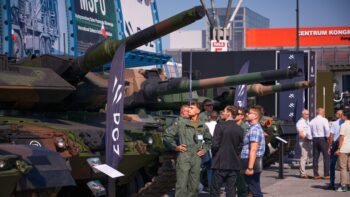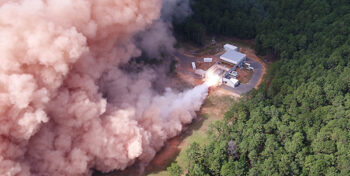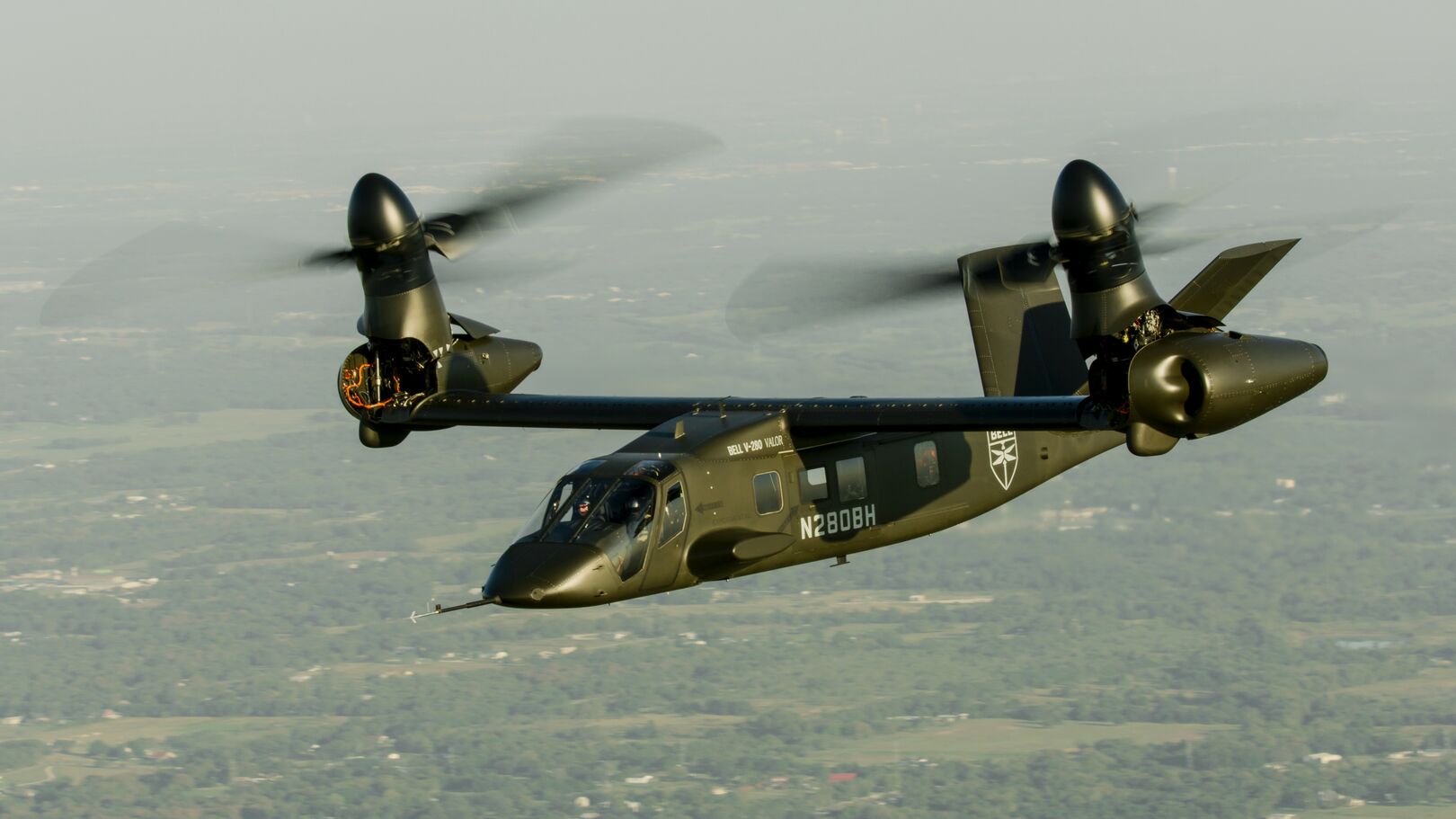
Bell’s V-280 Valor tiltrotor won the US Army’s Future Long-Range Assault Aircraft (FLRAA) competition. (Bell)
WASHINGTON — Earlier this week, senior US Army leaders signed off on starting the next phase of the Future Long Range Assault Aircraft (FLRAA) program — engineering and manufacturing development — in hopes of getting soldiers into the cockpit by 2030.
“This an important step for FLRAA and demonstrates the Army’s commitment to our highest aviation modernization priority,” Army acquisition head Doug Bush said in a press release today. “FLRAA will provide assault and [medical evacuation] MEDEVAC capabilities for the future Army, adding significantly increased speed, range, and endurance.”
The service selected Bell Textron’s V-280 Valor tiltrotor for the coveted program in 2022, and it was most recently in the development and risk reduction phase. Leading up to this week’s decision, the Army conducted a preliminary design review in April before the Army Systems Acquisition Review Council (ASARC) met in June, according to the service statement.
“After reviewing FLRAA affordability, technological viability, threat projections and security, engineering, manufacturing, sustainment, and cost risks, the ASARC confirmed that all sources of program risk have been adequately addressed for this phase of the program,” the service statement said. Then earlier this week, the service greenlit Milestone B, ushering in the engineering and manufacturing development phase that includes the design and production of six prototype aircraft.
The plan, the service said, is to have the first FLRAA prototype up in the air in 2026. If everything stays on track, the service wants to move into low-rate initial production in 2028 before fielding the first rotorcraft to soldiers in 2030.
“Future battlefields require expanded maneuver, the ability to sustain and provide command and control across vast distances, and of course, evacuate our wounded,” said Army Aviation Branch chief Maj. Gen. Michael McCurry. “All of these apply to both conventional and Special Operations Forces. With roughly twice the range and twice the speed, FLRAA brings unmatched combat capability to the joint force.”
But as Army leaders eye 2030 fielding, Boeing’s pending acquisition of Spirit AeroSystems could add a wrinkle. Spirit is currently providing the composite-skinned aluminum fuselage for the new tiltrotor, and Breaking Defense has confirmed that if the sale goes through, Bell intends to step away from its teammate. As a result, it will either need to find a new fuselage producer or bring the work in house.
At the time Bell declined to comment on the possible shakeup, while Spirit touted the long relationship. “Spirit has had a successful ten-year partnership with Bell on this program and we will continue to work with them to deliver on our joint commitments,” Spirit AeroSystems spokesman Joe Buccino said.
This week an Army spokesperson told Breaking Defense it is simply too early to know what impact a potential fuselage provider changes would have on the program.
Valarie Insinna contributed to this report.
CCA: Everything you need to know about the US military’s drone wingman effort [VIDEO]
In a new video series, the Breaking Defense staff fill you in on the basics you need to know about the Collaborative Combat Aircraft program.
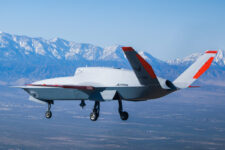
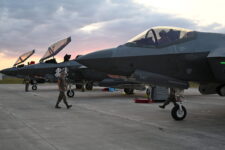

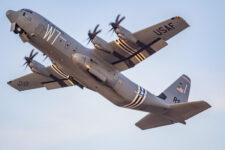





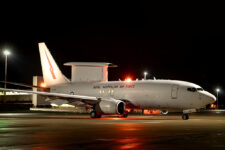

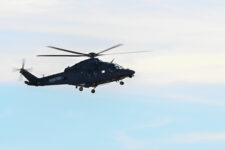

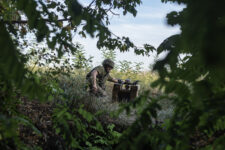





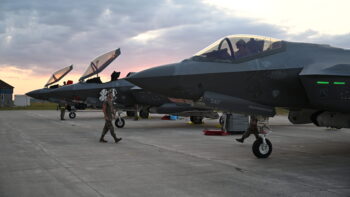
![T2BETA_PROGRAM_REVIEWED1[1]](https://breakingdefense.com/wp-content/uploads/sites/3/2024/08/T2BETA_PROGRAM_REVIEWED11-350x219.jpg)
